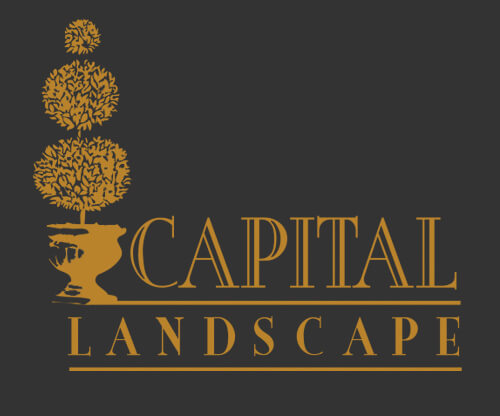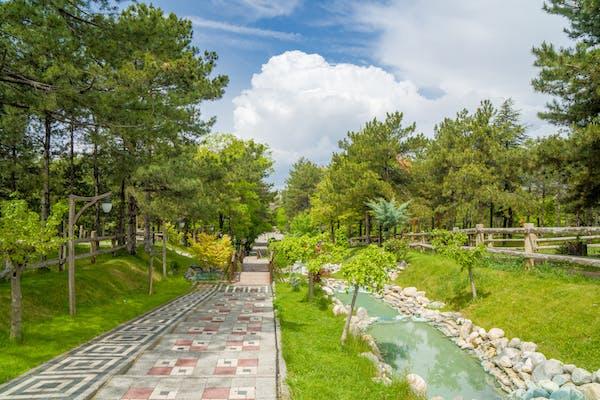A Tuscan Garden is one of the most famous landscape design styles ever created. These designs are simple, drought-tolerant, and suitable for small spaces and city living. In this post, let us examine the essential elements of a Tuscan landscape design that make it the most sought-after garden that can be offered by Capital Landscape.
Focal Points Of A Tuscan Landscape Garden
The city of Tuscany gave birth to the Renaissance period in Europe. Hence the Tuscan landscape designs are made of classical designs of this era, and a huge part of it is the appreciation of art. Thus most landscape design services like Capital Landscape incorporate sculptural works in Tuscan landscapes, like outdoor decor, terracotta urns, natural stone sculptures, and water features.
Plants
One of the most important elements of a Tuscan-style garden is the Mediterranean plant species since they can be adapted to the hot, dry summers and cool winters of the Tuscany region. Some classic options include Greek bay trees, Italian cypress, grapevines, figs, olive trees, and perennials like thyme, rosemary, lavender, and oregano.
Paving
Tuscan designs use gravel or paved pathways and patios instead of grass. It creates a living space within the garden. The traditional choices are warm natural tones of orange, yellow, and red stones. The most cost-effective way of achieving this is using exposed aggregate or textured concrete.
Shaded Areas
Tuscan landscape designs use pavilions or arbors instead of trees as a form of shade in order to conserve water. The ideal materials used for constructing these structures are natural wood or stone. Pergolas and arbors provide beauty, shade, vertical interest, and a structure for climbing vines. A pergola can provide a roof as a source of shade, while arbors can function as an entryway or canopy. The shade structures can be fit into small areas and are mostly built of wood or metal.
Edible Elements
Orchard fruits, nut trees, berries, and grapes are common elements of a Tuscan garden design. These culinary plants are used for cooking and medicinal purposes and are unique to Tuscan landscaping. These food-related elements highlight the importance of Italian cuisine in the lifestyles of all Italians. Smaller properties can have kitchen gardens, while larger ones can have apricots, peaches, apples, hazelnuts, olive groves, and vineyards. If you want, you can also add some ornamental edible plants or even dwarf fruit trees.
Outdoor Dining Areas
Outdoor dining is a popular element in the Mediterranean region and also a past-time. These rustic and comfortable dining areas can impart the feel of a Tuscan garden. Some of the important elements to consider for the outdoor dining area in a Tuscan landscape include earth-tone colors like terracotta pots, rustic wood tables with chairs and benches, vines trailing on walls or from containers, small lights or candles for use after nightfalls, and herbs planted nearby for use in cooking or garnish. Folding wooden tables and chairs can be set up almost anywhere, thus allowing you to create a dining area with flowers, linens, and suitable crockery.
To Conclude
You do not need to spend a great deal of money or have a spacious garden to incorporate a Tuscan landscape. The designs can simply be created using vintage materials and by being creative. Tuscan landscape can be perfect for small spaces and be created at an affordable cost.
Featured Image Source: https://images.pexels.com/photos/16943379/pexels-photo-16943379/free-photo-of-patterned-tile-footpath-and-stream-in-a-lush-summer-park.jpeg?auto=compress&cs=tinysrgb&w=600



